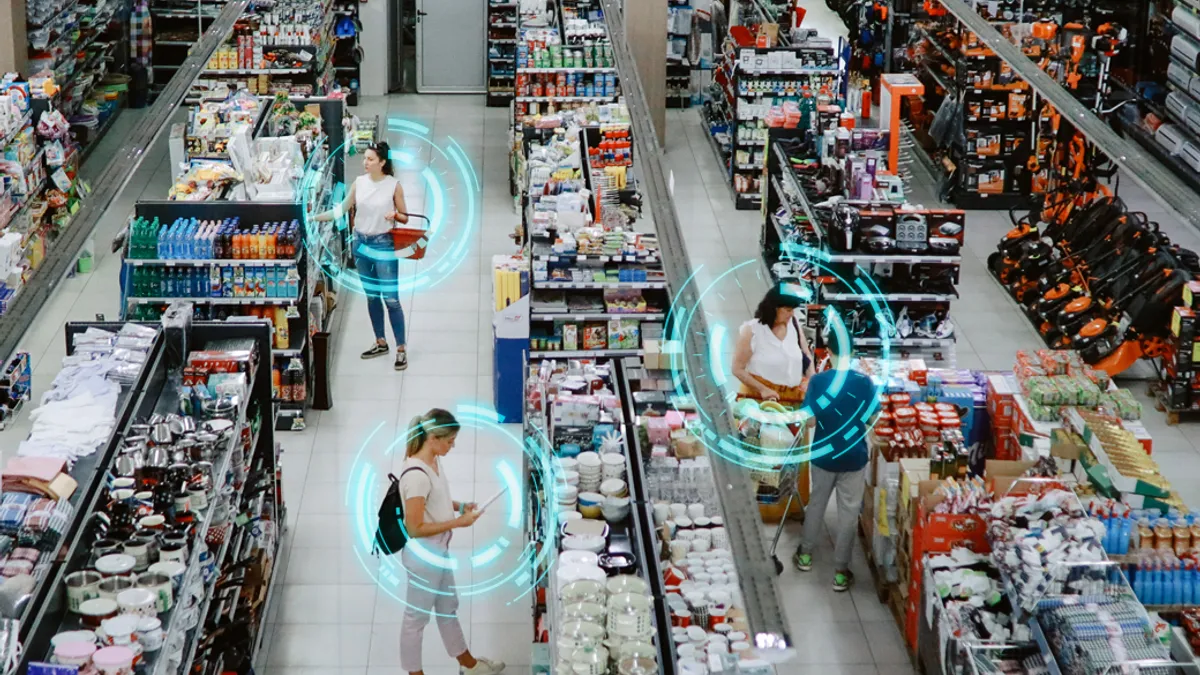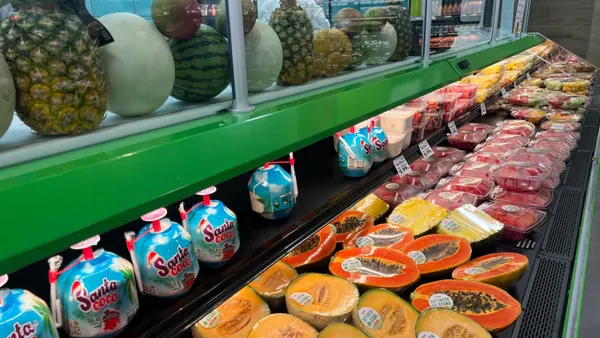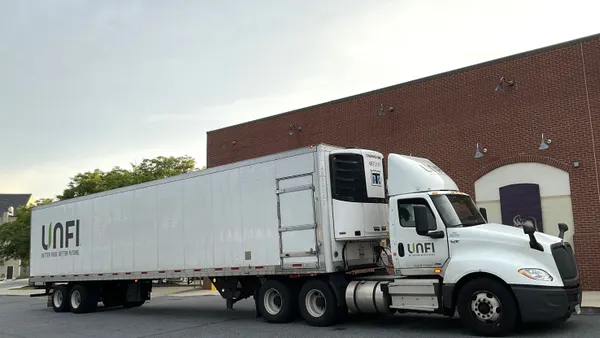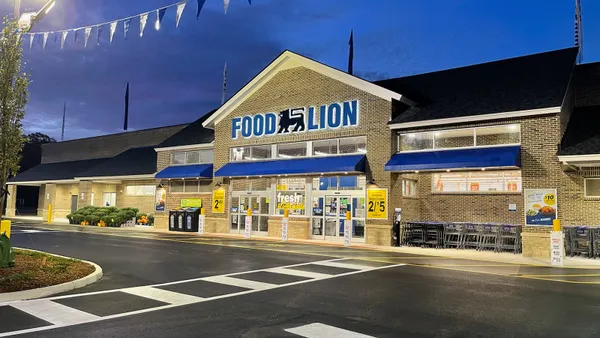Grocery is dynamically evolving, and that’s led top tier operators to re-evaluate the way they manage and monitor operations. In a vertical of razor-thin margins, they’re looking for the edge that will protect profits and offset the cost-of-living crisis, rising running costs, and ongoing labor shortages. They know increased visibility to shop floor operations can ultimately improve the bottom line.
Here are five focus areas for grocers:
-
Customer intimacy
Grocers are fighting hard for market share and share of wallet. Many compete through loss-leading products or eye-catching discounting. But this is unsustainable long-term. Sharp-thinking Tier One brands are boxing clever instead. Rather than race to the bottom on price, they’re investing in understanding and influencing customers; knowing when they can increase the value they offer, they increase margins too.
New technology is unlocking insights. AI, computer vision and RFID allow retailers to trace the movement of people and products once they are on the shopfloor. However, it’s in higher-level 360-degree views of the store where the real gains can be made. Matching in-store activity with real-time transaction data and trend analysis across the estate can deliver new insights which lead to new, more profitable ways to serve and sell.
The omniscient store has been discussed for many years. Now it’s becoming a reality.
-
Rethinking loyalty
Brands are getting closer to their customers with re-designed loyalty programs that truly reward individuals for their spend. Grocers are experimenting with highly-personalized short-term offers, which are becoming increasingly targeted and sophisticated thanks to an abundance of historical purchase data, in some cases cross-referenced against third party information. Customers are heavily-incentivized to share data, with multi-tier pricing for loyalty card holders now prevalent in many developed markets. This data-swap is delivering benefits to both sides of the transaction; with a better understanding of what and how customers choose to buy, grocers can deliver more value, more sales, and improved convenience.
-
Empowering people
The ‘great resignation’ and new employee expectations have created a new dynamic for the retail workforce. Mobility is accelerating the experience for both shoppers and shop-floor assistants, who can do everything from anywhere in-store including monitoring real-time transactions to spotting suspicious activity on their cell phones. Customers use mobile self-scan to shop in their preferred fashion, which often requires no employee interaction. The prevalence of self-service checkouts and kiosks is also allowing shop floor assistants to move to greater value-add activities. No longer chained to their checkouts, they can move around the store to serve, advise and up-sell, while spotting opportunities for improvement in non-transaction operations, including customer flow. This individual empowerment works all around; customers save time, while retail employees evolve into knowledge workers. -
Stopping shrink
Retail shrink has reached record levels and is no longer accepted as ‘the price of doing business’. Grocers are addressing opportunistic and organized crime with refined systems for detecting and preventing theft. This includes combinations of RFID, computer vision, smart weighing scales and AI-based item recognition at self-checkouts. Shop floor employees are increasingly armed with mobile apps that alert them to suspicious activities at the point of transaction. Advanced analytics are highlighting patterns of fraudulent promotions, the overuse of staff discounts or cashier larceny. Staff training, increased surveillance and revised product protection methods are also being utilized to reduce the threat of theft.
-
Connecting experiences
Smart stores, the Internet of Things and the processing speed and power of cloud mean retailers can now examine information in context, rather than in silos. Multiple data sources such as transaction logs, camera feeds, staff logins and footfall data can be combined and processed to create a single view of the truth, including at an individual product line, lane or cashier level. AI can predict promotional performance, even in the context of different weather conditions. This gives grocers the power to plan for success, by increasing or reducing stock ordering, and optimizing sales channels and promotions for the peak outcome. Today’s connected operation makes it easier to spot the small opportunities, which at scale can supercharge efficiency and profits.
So how do grocers get started with an enhanced shop-floor focus? Flooid’s composable, unified commerce platform facilitates the capture and application of transaction data while giving retailers the freedom to introduce new types of endpoints at scale and at speed. Our AI-driven insights capabilities couple with our omnichannel, omni-vertical experiences, amplifying visibility and improving decision-making. With Flooid, it’s simpler to optimize your endpoint mix, see what’s selling why and when, and personalize and incentivize customer interactions.It's time you introduced insight-led innovation into your grocery operation. Speak to our team to find out how.
Find out more at flooid.com










